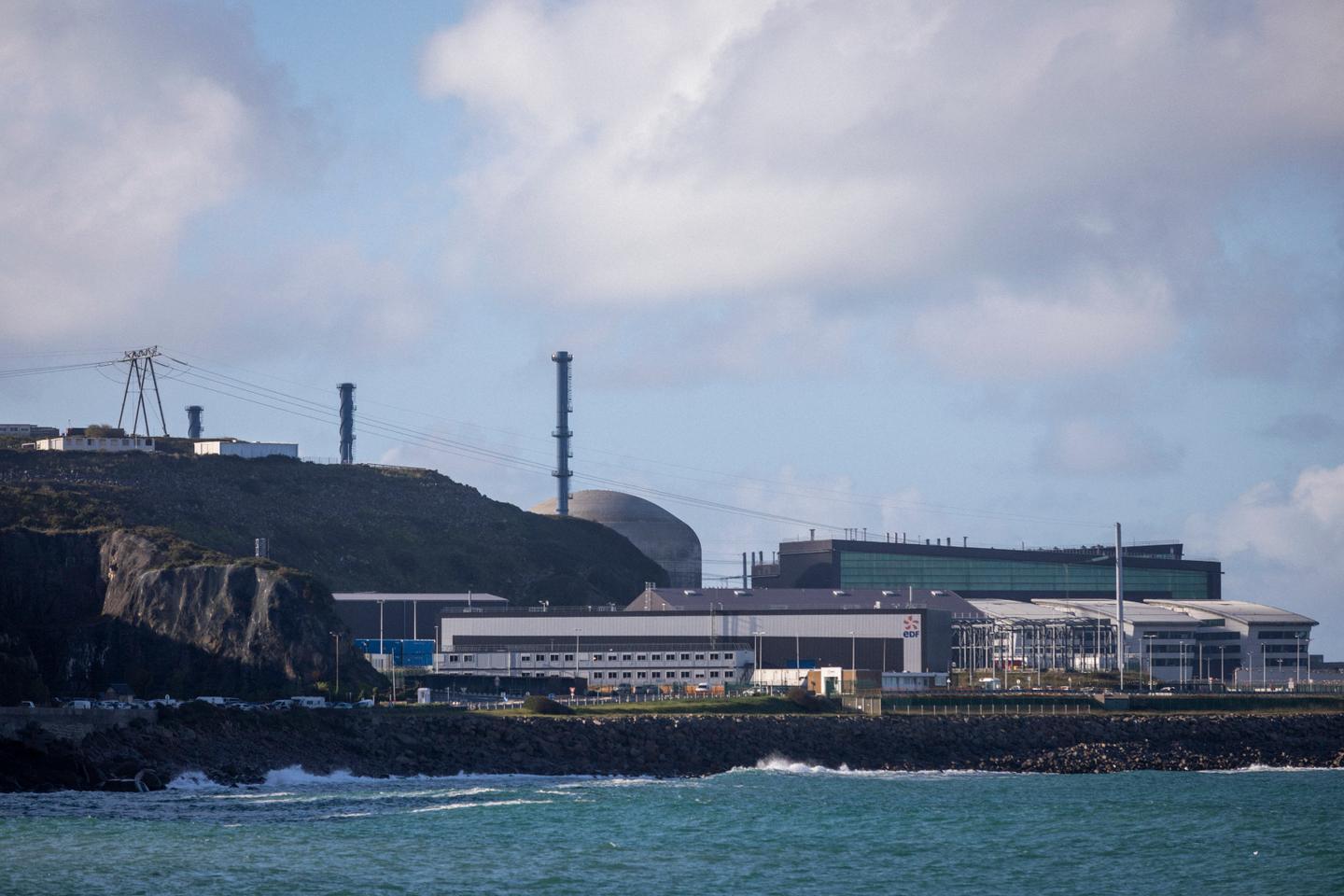- cross-posted to:
- [email protected]
- cross-posted to:
- [email protected]
Summary
France’s Flamanville 3 nuclear reactor, its most powerful at 1,600 MW, was connected to the grid on December 21 after 17 years of construction plagued by delays and budget overruns.
The European Pressurized Reactor (EPR), designed to boost nuclear energy post-Chernobyl, is 12 years behind schedule and cost €13.2 billion, quadruple initial estimates.
President Macron hailed the launch as a key step for low-carbon energy and energy security.
Nuclear power, which supplies 60% of France’s electricity, is central to Macron’s plan for a “nuclear renaissance.”



Don’t forget solar fences
Something to note about your link to solar fences is that one of the cons mentioned is that panels can’t produce power for half of the day because they’ll be facing away from the sun.
Bifacial panels exist and can collect energy from both faces of the module. We in the utility-scale space use these all the time. You’d want these over monofacial panels for fence applications
Yes. Bifacial seems like the obvious choice. And the fence should be NS orientation not EW.
If you’re trying to maximize energy collection then yes you’ll want to face the fence rows NS.
But there are also some benefits for making use of vertical bifacial panels oriented EW. You get a bimodal energy plot: one in the morning and one in the evening when the sun’s direct rays shine near horizontal (something NS panels can’t collect).
I’d actually be interested in reading the literature on mixing these types of panel orientations to see what the resulting production yields would look like, and if stakeholders like utilities would find any benefit in them to help better manage grid demand in those peripheral times of the day.
Solar fencing produces 3% more yield and 30% more revenue than rooftop.